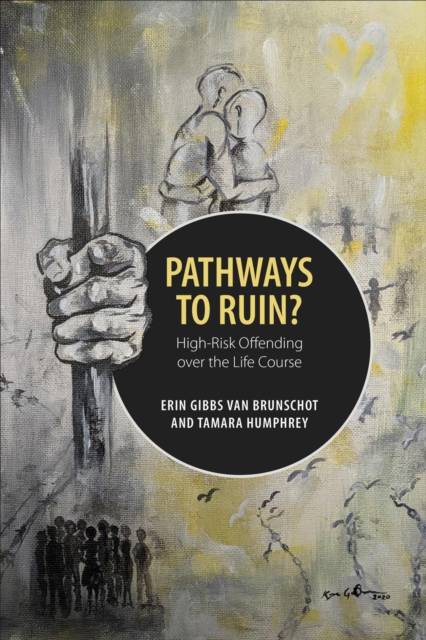
- Afhalen na 1 uur in een winkel met voorraad
- Gratis thuislevering in België vanaf € 30
- Ruim aanbod met 7 miljoen producten
- Afhalen na 1 uur in een winkel met voorraad
- Gratis thuislevering in België vanaf € 30
- Ruim aanbod met 7 miljoen producten
Pathways to Ruin?
High-Risk Offending Over the Life Course
Erin Gibbs Van Brunschot, Tamara HumphreyOmschrijving
Individuals who have committed a number of crimes over their lifetimes have had complex, multi-faceted life experiences often characterized by extreme disadvantage and victimization. Those who are formally designated as "high-risk" by the Canadian criminal justice system often have a record of violent or sexual crimes. As a result, they are usually subject to additional monitoring in the community after completing a prison sentence.
Pathways to Ruin? disentangles the numerous elements and pathways that lead to high rates of reoffending by focusing on developmental periods of childhood, adolescence, and adulthood. The book uses a case-study approach to consider individuals' entire crime pathway by examining the circumstances and factors that contribute to assumptions or official designations of "high-risk" behaviour. Erin Gibbs Van Brunschot and Tamara Humphrey overhaul society's popular crime narratives and instead draw on sociological and criminological perspectives to identify historical, social, and personal contexts that appear to increase the likelihood of reoffending. They also consider how negative life experiences may be addressed to circumvent trajectories of serious offending. Reducing the social distance that the "law-abiding" public may feel towards marginalized groups, Pathways to Ruin? details how legal systems could better serve these individuals, and acknowledges the many missed opportunities for compassion.
Specificaties
Betrokkenen
- Auteur(s):
- Uitgeverij:
Inhoud
- Aantal bladzijden:
- 238
- Taal:
- Engels
Eigenschappen
- Productcode (EAN):
- 9781487527112
- Verschijningsdatum:
- 16/06/2022
- Uitvoering:
- Hardcover
- Formaat:
- Genaaid
- Afmetingen:
- 155 mm x 235 mm
- Gewicht:
- 9 g

Alleen bij Standaard Boekhandel
Beoordelingen
We publiceren alleen reviews die voldoen aan de voorwaarden voor reviews. Bekijk onze voorwaarden voor reviews.












